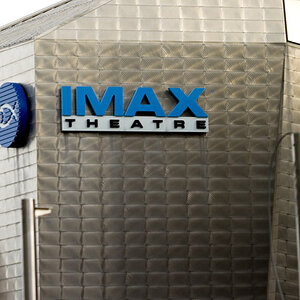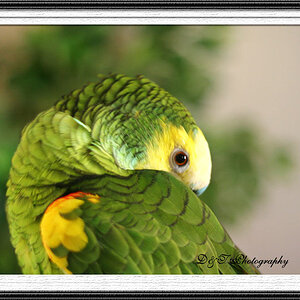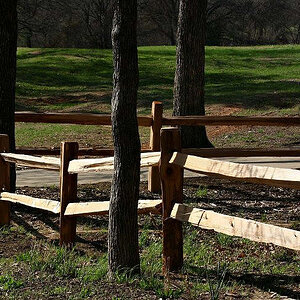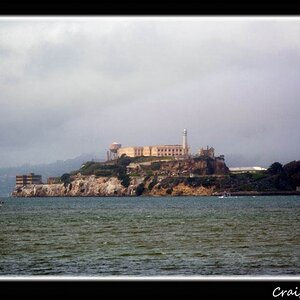Timppa
No longer a newbie, moving up!
- Joined
- Dec 15, 2016
- Messages
- 385
- Reaction score
- 188
- Location
- Finland
- Can others edit my Photos
- Photos NOT OK to edit
Hello,
I know the differences between FX and DX, I am also aware that when you use a FX camera in DX mode, you are cropping the image, resulting in less pixels.
But here is my question;
a FX sensor is known for better high ISO performance. According to what I found on the internet, it can result up to 3 stops of light (ISO 100 on DX = ISO 800 on FX in terms of amount of grain --> this formula is definitely not correct and also depends on type of sensor and many other things, but it's a rough comparison).
When cropping a FX down to a DX, does this benefit remain?
Would it be better to use a 46mp FX camera, cropped down to DX mode (resulting an image around 20mp), or would it be better to use a 20mp DX camera? Will I be able to use the FX camera at an ISO roughly 3 stops higher than the DX and remain the same amount of grain?
Or will the results be exactly the same?
Thanks in advance!
I am just wondering in general if it would be better to get 2 cameras (a DX and FX around 20-24mp) or just 1 high mp fx camera.
I know there are many other factors in this decision, but I would just like an answer on the above question.
I know the differences between FX and DX, I am also aware that when you use a FX camera in DX mode, you are cropping the image, resulting in less pixels.
But here is my question;
a FX sensor is known for better high ISO performance. According to what I found on the internet, it can result up to 3 stops of light (ISO 100 on DX = ISO 800 on FX in terms of amount of grain --> this formula is definitely not correct and also depends on type of sensor and many other things, but it's a rough comparison).
When cropping a FX down to a DX, does this benefit remain?
Would it be better to use a 46mp FX camera, cropped down to DX mode (resulting an image around 20mp), or would it be better to use a 20mp DX camera? Will I be able to use the FX camera at an ISO roughly 3 stops higher than the DX and remain the same amount of grain?
Or will the results be exactly the same?
Thanks in advance!
I am just wondering in general if it would be better to get 2 cameras (a DX and FX around 20-24mp) or just 1 high mp fx camera.
I know there are many other factors in this decision, but I would just like an answer on the above question.


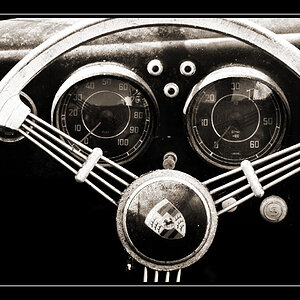
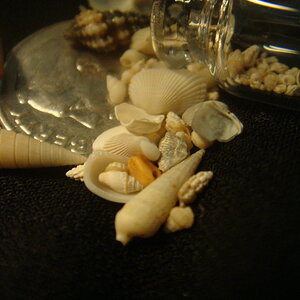
![[No title]](/data/xfmg/thumbnail/38/38750-dbafc867a1461ce200c2405640d537ec.jpg?1619738704)
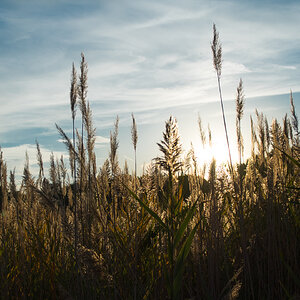
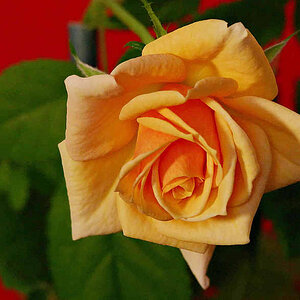
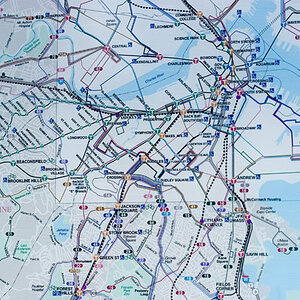
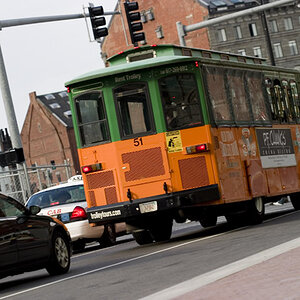
![[No title]](/data/xfmg/thumbnail/30/30987-a33ca8e90b5d786c21e59d37945b9cc6.jpg?1619734552)
